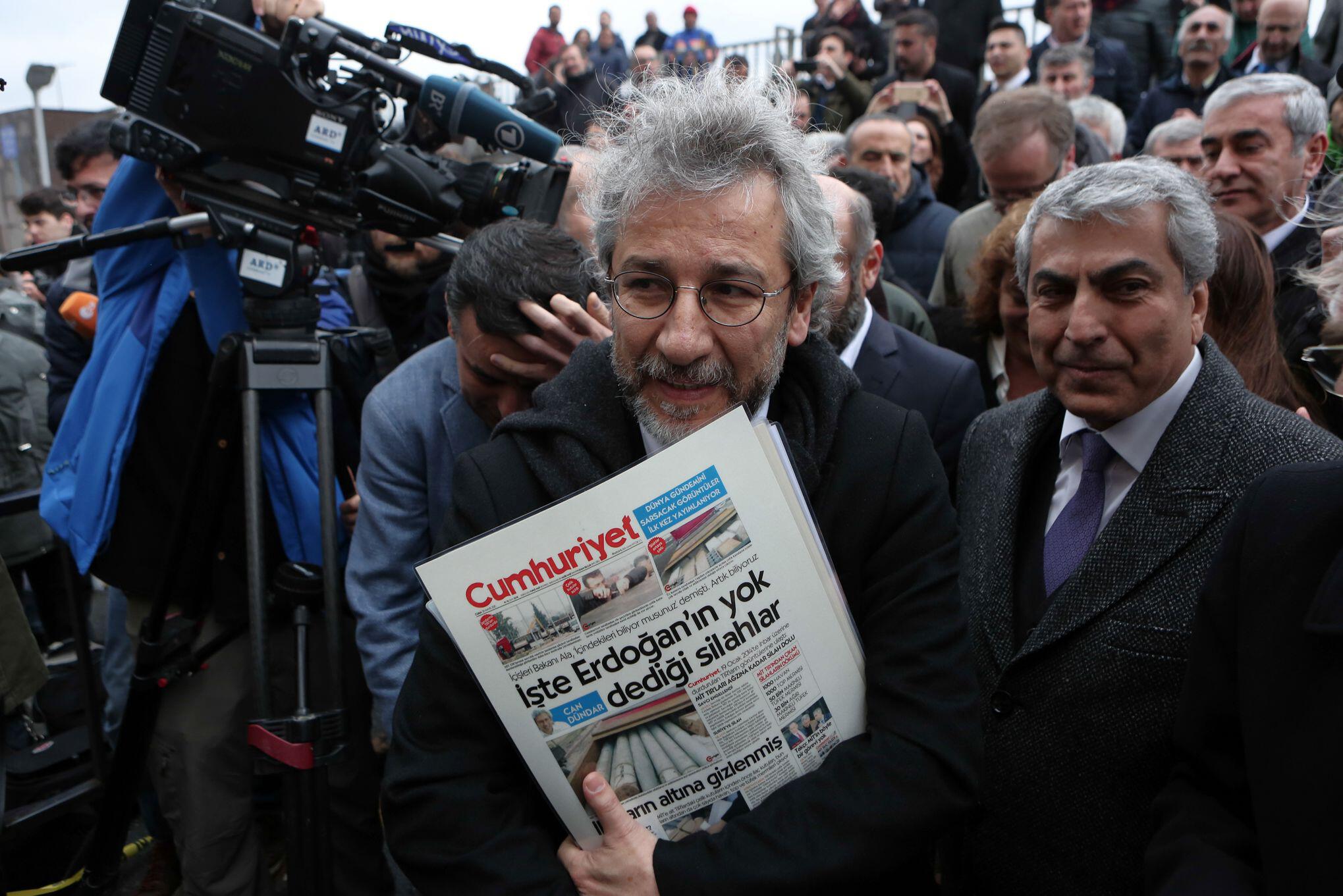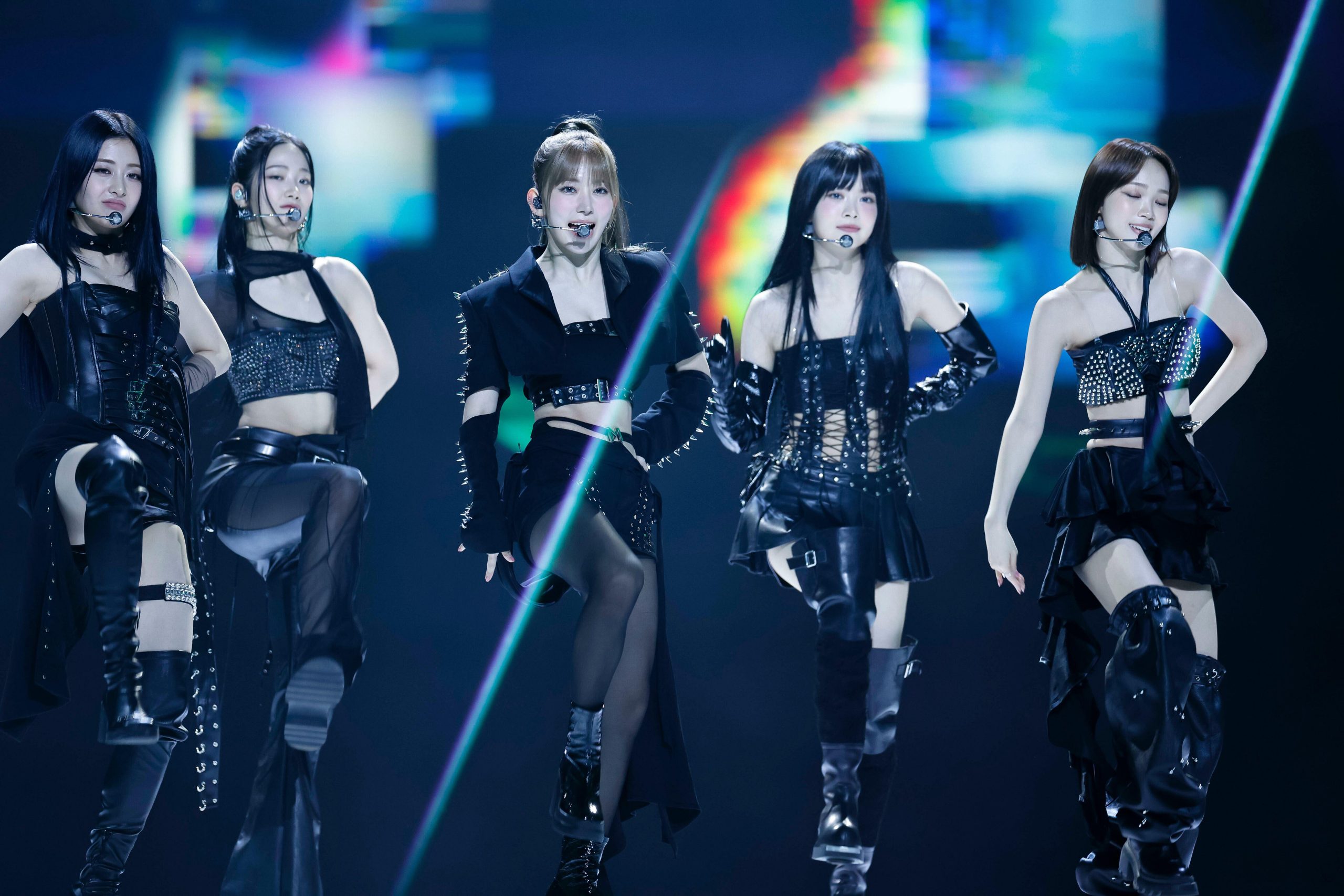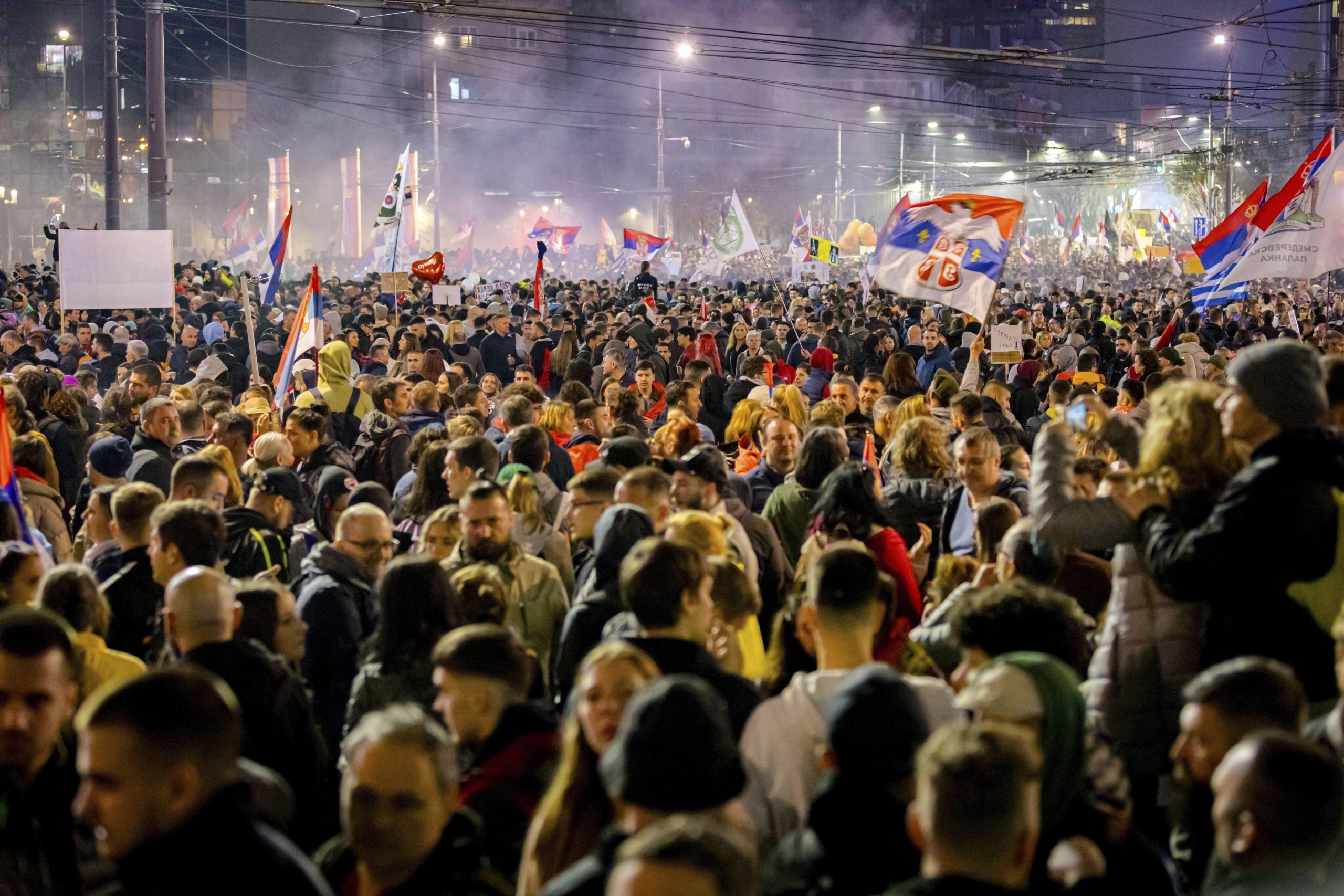
(Illustration: Shutterstock)
The social media experience which came across as a liberating tool for women, was often equated with a living room where one could voice opinions in public sphere. However, of late, a series of incidents have sounded a note of caution against the euphoria around social media. It has been compared to a street where women are abused, threatened, ogled at, rebuked, only virtually.
The situation plugs American academic Lawrence Lessig’s contention, “Cyberspace is something we build. Who knows how much of the real world is socially constructed? But, one thing is certain, cyberspace is socially constructed.”
While the online abuse faced by British activist Caroline Criado Perez, who led a successful campaign to have a woman on the £10 note first grabbed the news headlines, the scene in India isn’t too different. Even with a limited penetration of the internet, sexist abuse has become a tool to muzzle voices of independent women.
Things seem to have heated even more in the run up to poll season in India, where female Twitter users have increasingly become a subject of sexist abuse.
The abuse over political tweets isn’t a new phenomenon however; it has significantly gone up.
When Kavita Krishnan, feminist activist and political commentator recently opposed the induction of controversial chief of a right-wing outfit, who led an attack on women in a pub, she drew a barrage of abuse. Responses were replete with sexist comments and death threats. Additionally, there were many others who endorsed rape threats directed at her.
Krishnan, a Communist Party politbureau member, is also quick to point out that online abuse grows more vicious when she voices her political opinions. Threats directed at her have ranged from sexual assault to mutilation of genitals. Furthermore, anonymity granted to users on social media platforms has drawn threats directed at her mother too.
Female Twitter users are not always abused through words, morphed photographs with captions are also circulated by users online.
When actor, activist Gul Panag, who has been an assertive voice on Twitter recently threw herself into the political ring by contesting on a Common Man Party ticket, many users began posting her morphed photographs in lingerie with strategically placed accessories.
However, in an encouraging trend, trolls were soon outweighed by users who voiced support for her.
Female journalists, who express opinions on political issues, international affairs, among other topics considered anathema to the right wing, are also subjected to scathing Twitter attacks.
Sagarika Ghose, a senior Indian journalist who coined the term “Internet Hindus” writes, “As a television journalist, I get a daily dose of abuse on Twitter, an exercise in character-building endurance. Some examples: “Bitch, you deserve to be stripped and raped publicly.” “why u r not covering Assam riots?”, she writes.
Condescension is also evident in responses journalists receive which question their professional integrity. In Ghose’s case, the responses underlined how topics often considered anathema to the Hindu right, ended up pointing fingers at her journalistic integrity, accusing her of trivialising events.
With the poll bugle being sounded in country, female politicians active on Twitter have been subjected to scornful tweets, often threatening their family members. For instance, Priyanka Chaturvedi, a Congress party spokesperson tweeted, “Ladies you attack me is fine, bring on the love I say but don’t cross the crass line by dragging my parents/kids into this. Thanks. (sic)”
The reason for misogynistic abuse has little to do with what women talk about, rather it is the idea of a vocal and independent woman reclaiming online space which makes users abusive. Additionally, if a woman is vocal in opposing what may seem offensive to the right-wing, she becomes the target. Even opposing misogynistic values in seemingly innocuous statements draws in vicious abuse.
In December 2013, a researcher on caste and gender Arpita Phukan Biswas was subjected to rape threats when she protested against Indian singer Palash Sen’s misogynistic remarks at a cultural festival.
She initially let it go but as threats grew worse, she began tweeting about her harrowing experience and wrote a post on Facebook.
While many branded her Feminazi, others discussed how she should be made to shut up by rape and beating as she wasn’t having enough.
Politics, religion, feminism and sexuality are among the topics which strike more attention, deduces Anja Kovacs who heads the Internet Democracy Project, which recently did a study on women and verbal online abuse in India.
The study further notes that many online users expect women to be servile while others believe they have the right to discipline women through coercive measures resulting in blatant misogyny at play.
Kovacs rightly draws the metaphor of street for the internet.
“Internet is just like a street. Like women face sexual harassment on street, they do on the internet as well. Misogyny is evident in verbal online abuse on platforms like Twitter,” she says.
While sexism has been used as a tool to attack women on public spaces and muzzle their voices, it is time users come to each others’ rescue to reclaim spaces. Despite similarities between street and the internet, the weapons on the latter with both men and women are the same– the keyboard. The best way to counter avalanche of vicious sexist abuse is by witticism.
Kovacs believes setting up a strong online community of support is a way to counter abusive twitter users. “Being called ‘bitch, slut, whore’ is misogyny at play. And it cannot be eradicated and countered by legal measures”.
Similarly, a prolific Twitter user Vidyut Kale (@vidyut) makes it a point to never block anyone who trolls her. In fact, she believes in rolling up her sleeves and taking on the trolls. As a result, many trolls have ended up blocking her.
Perhaps, it is time we take a few steps back from the euphoria surrounding the liberating nature of the internet and critically examine social media spaces where virtual reality mirrors the real ugly one. There is a need to look at social media spaces as regions upholding patriarchal and misogynistic values and address challenges thereof.
This article was posted on April 1, 2014 at indexoncensorship.org




